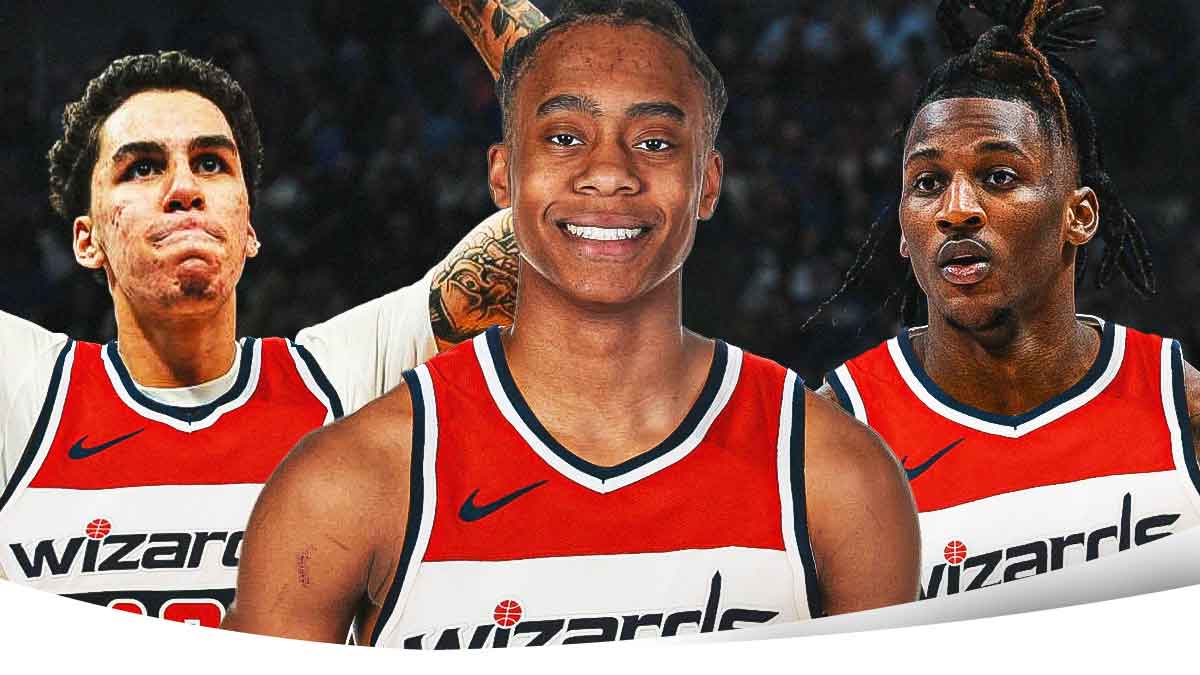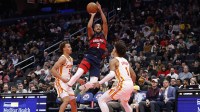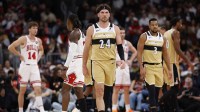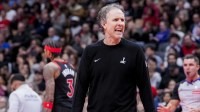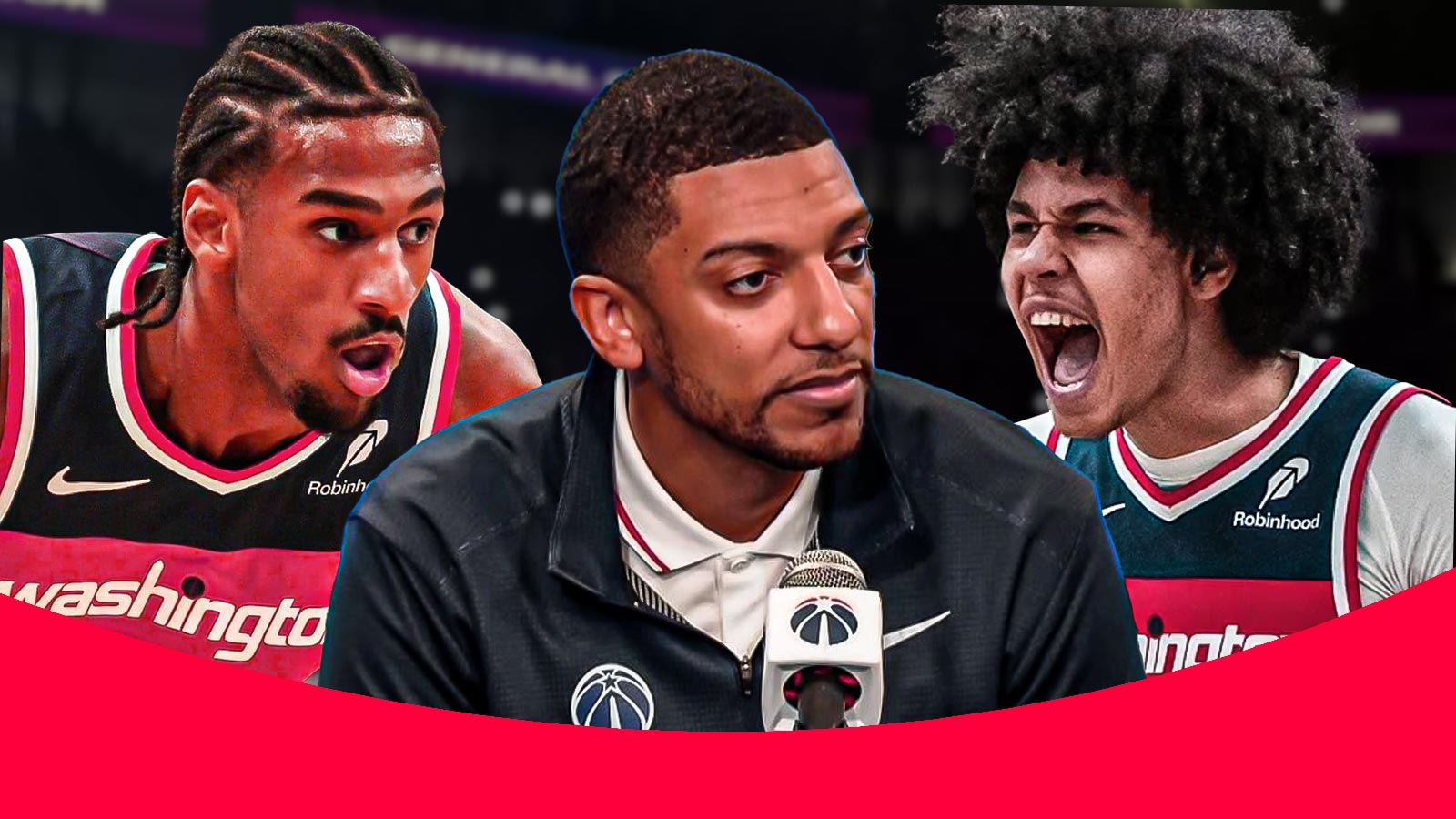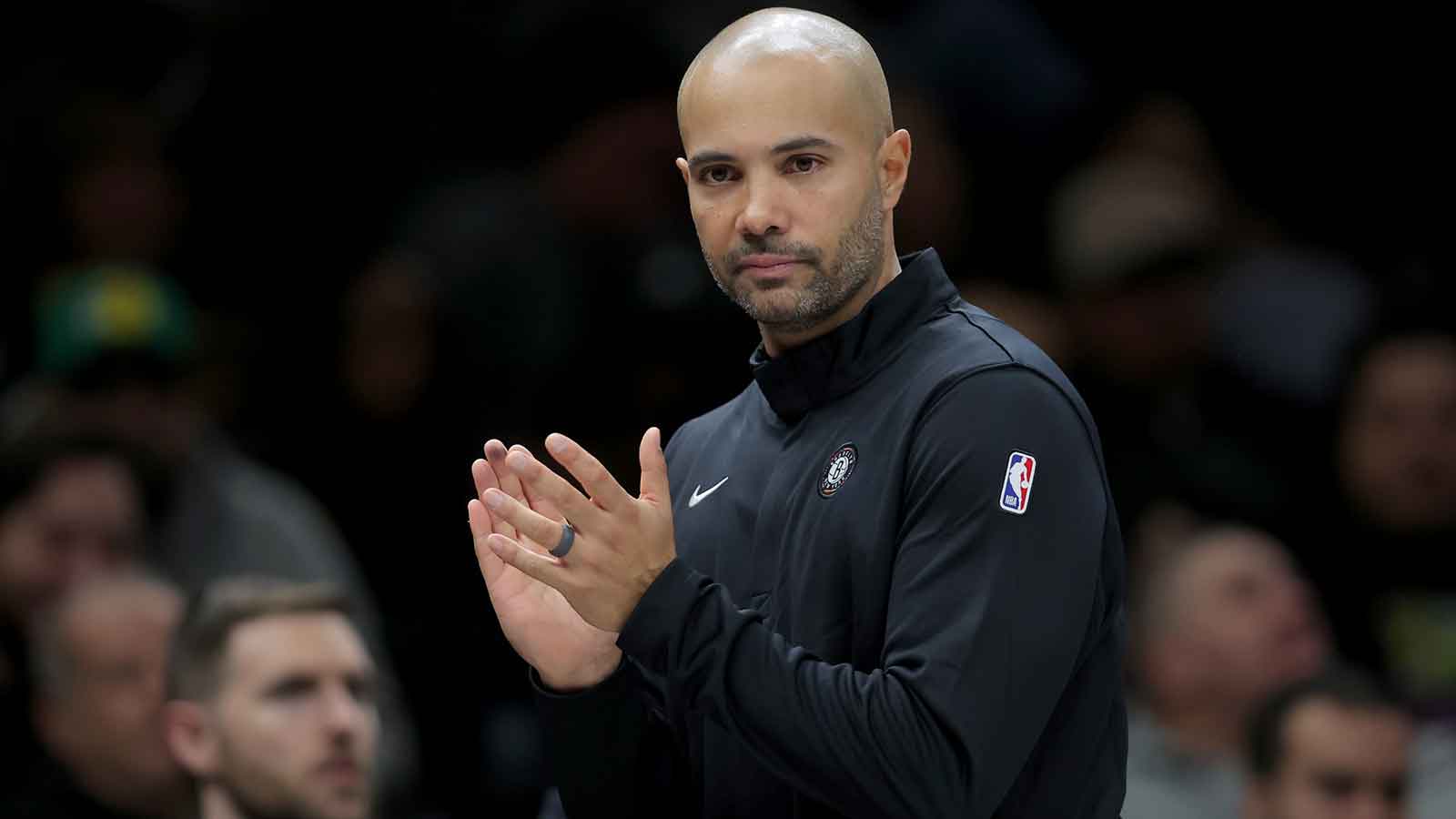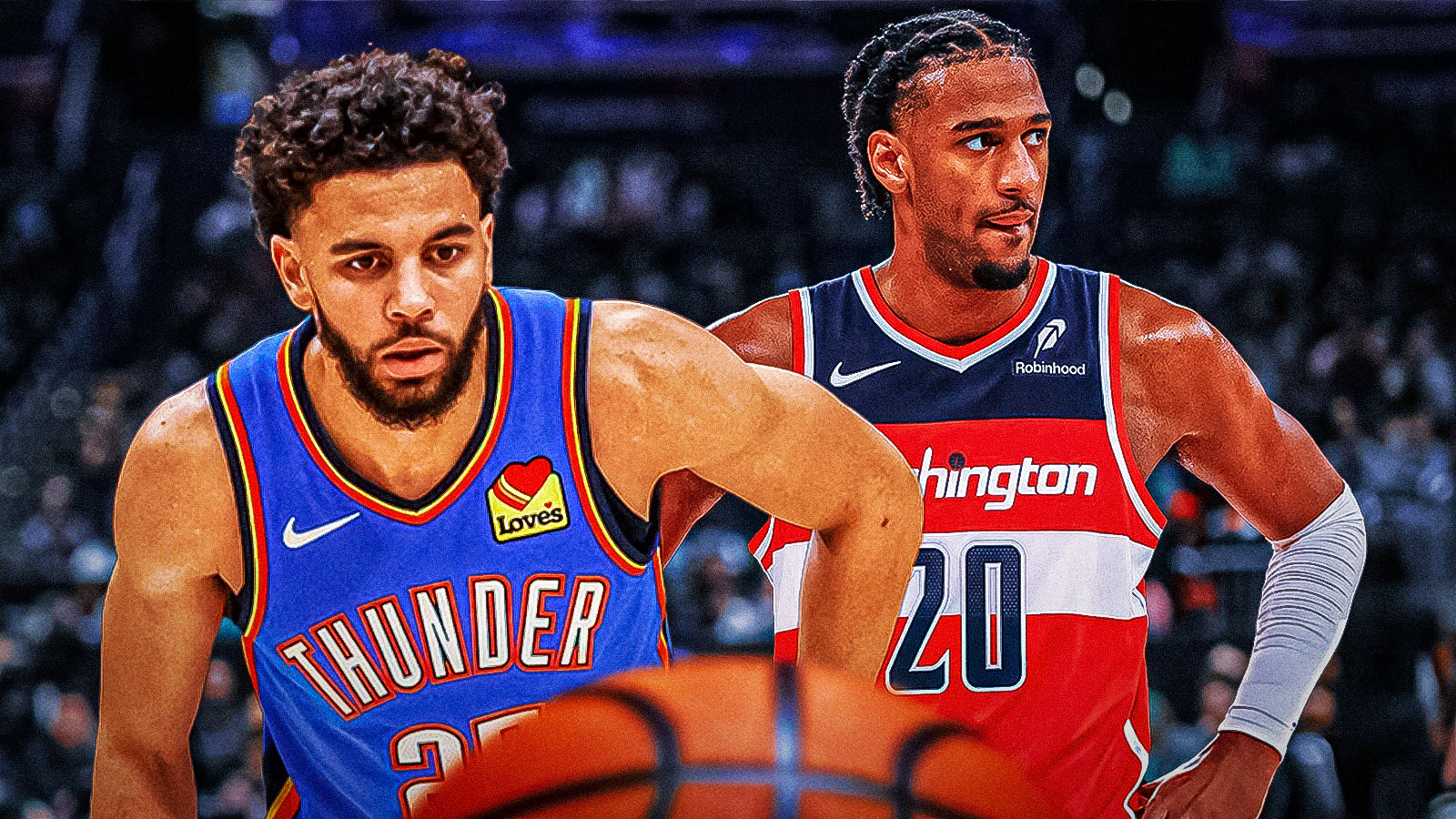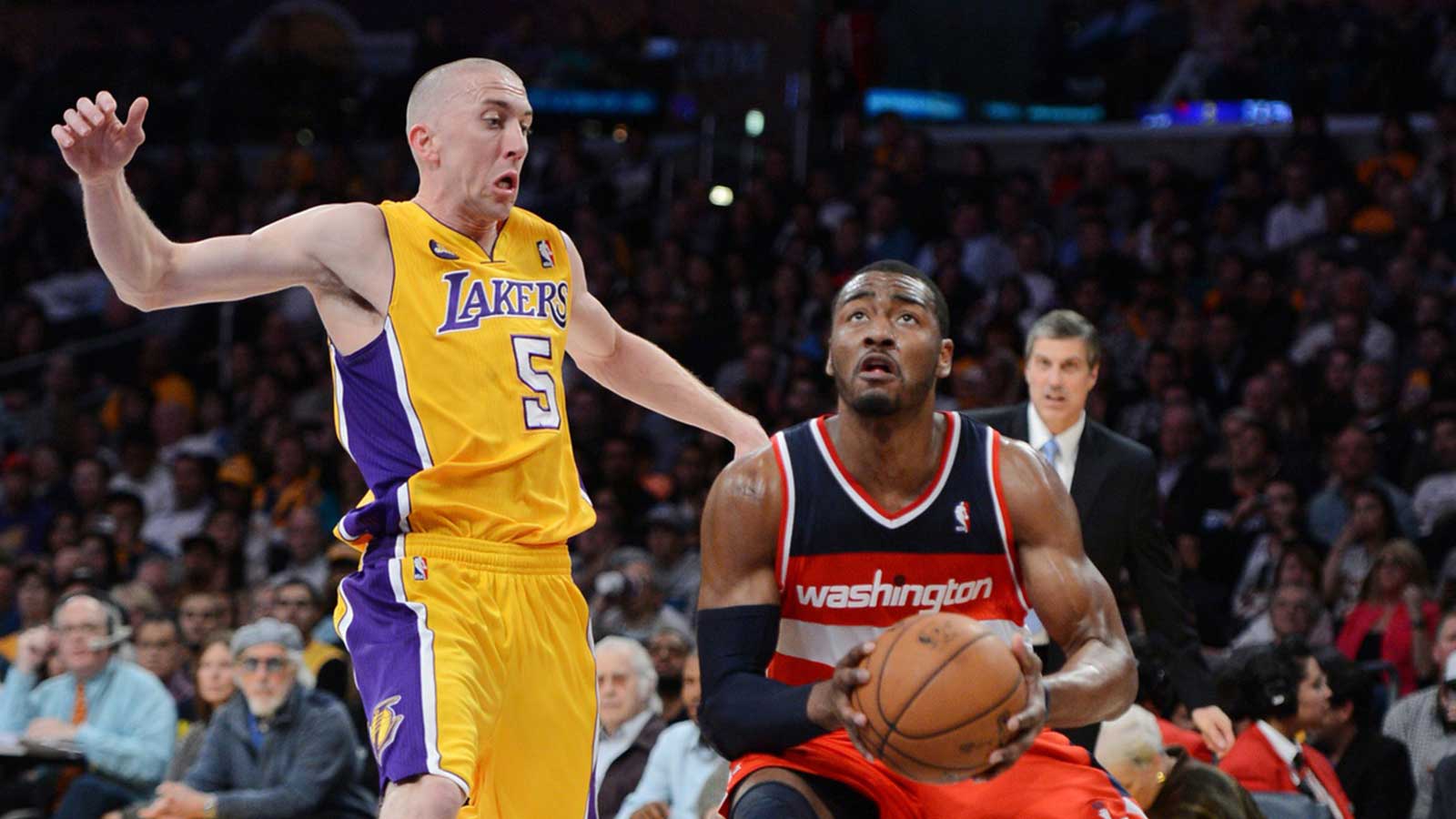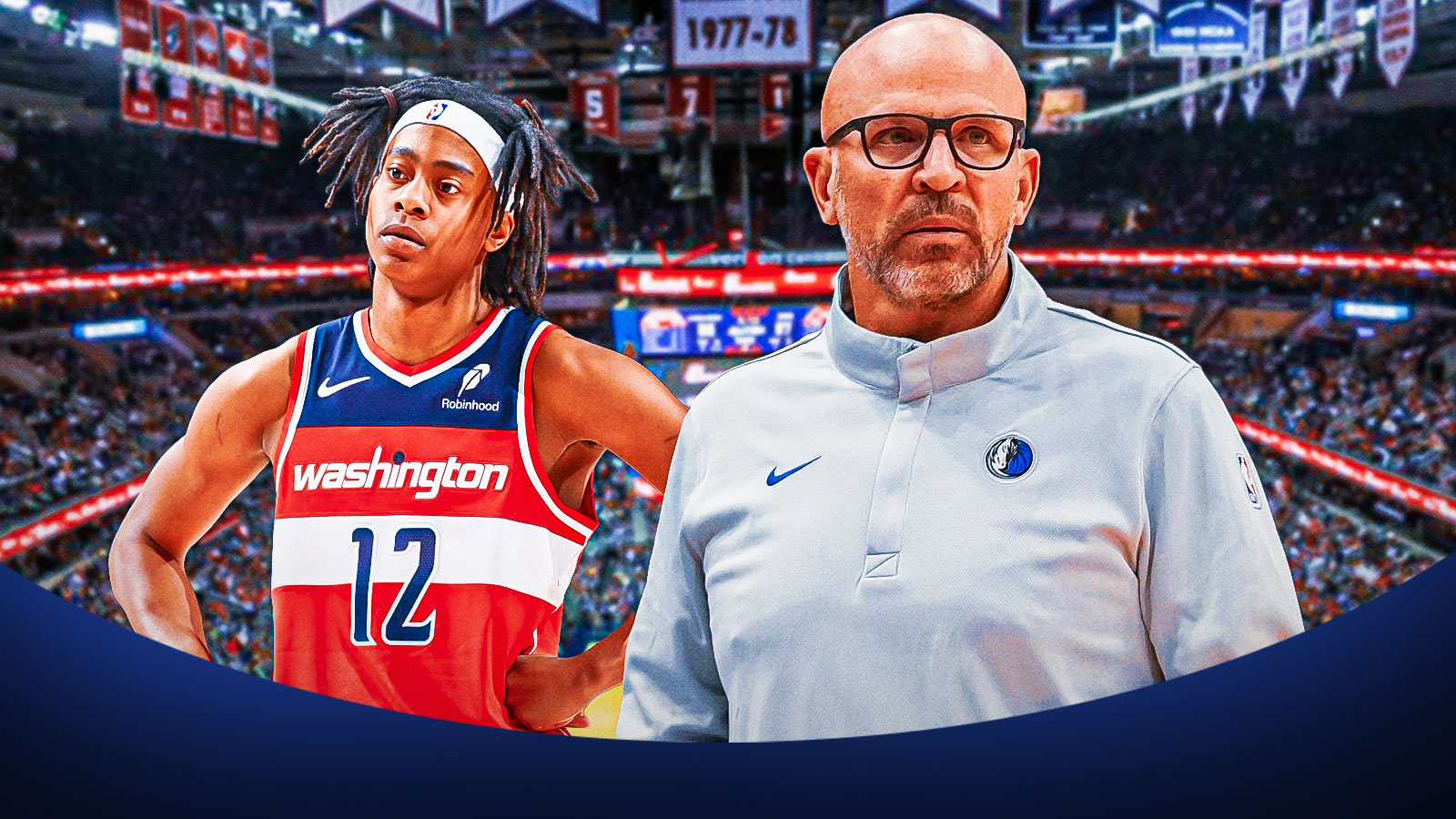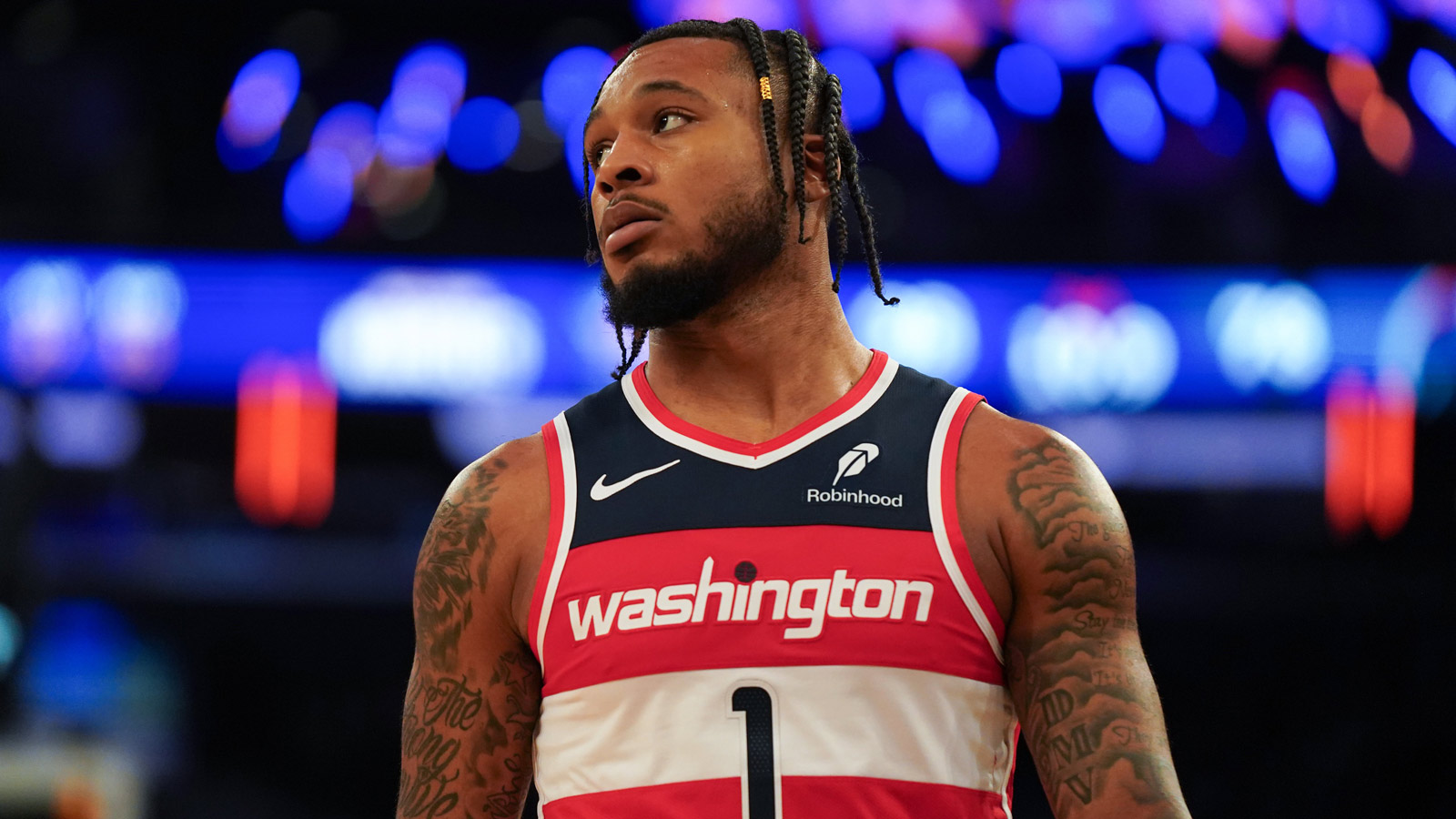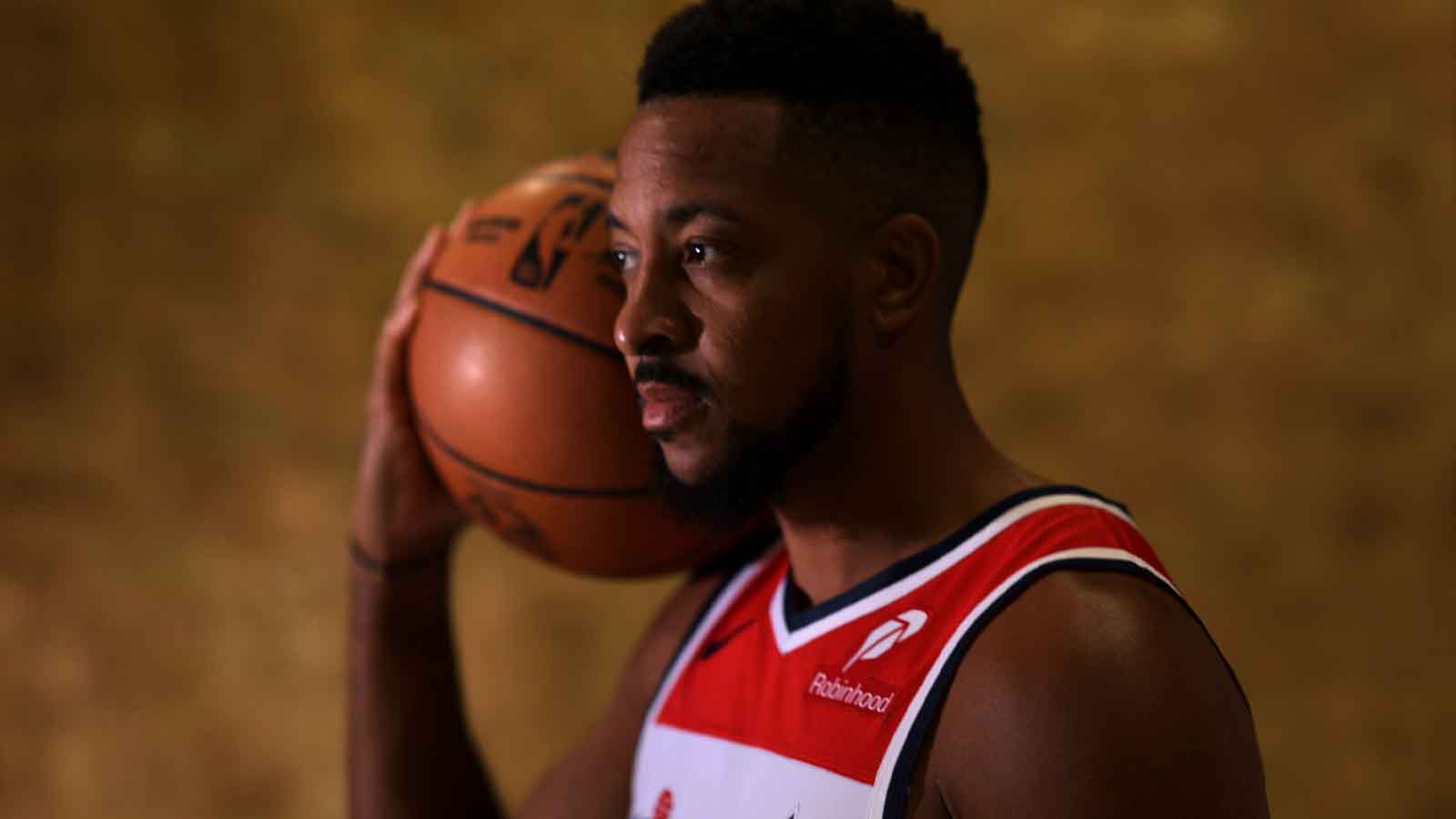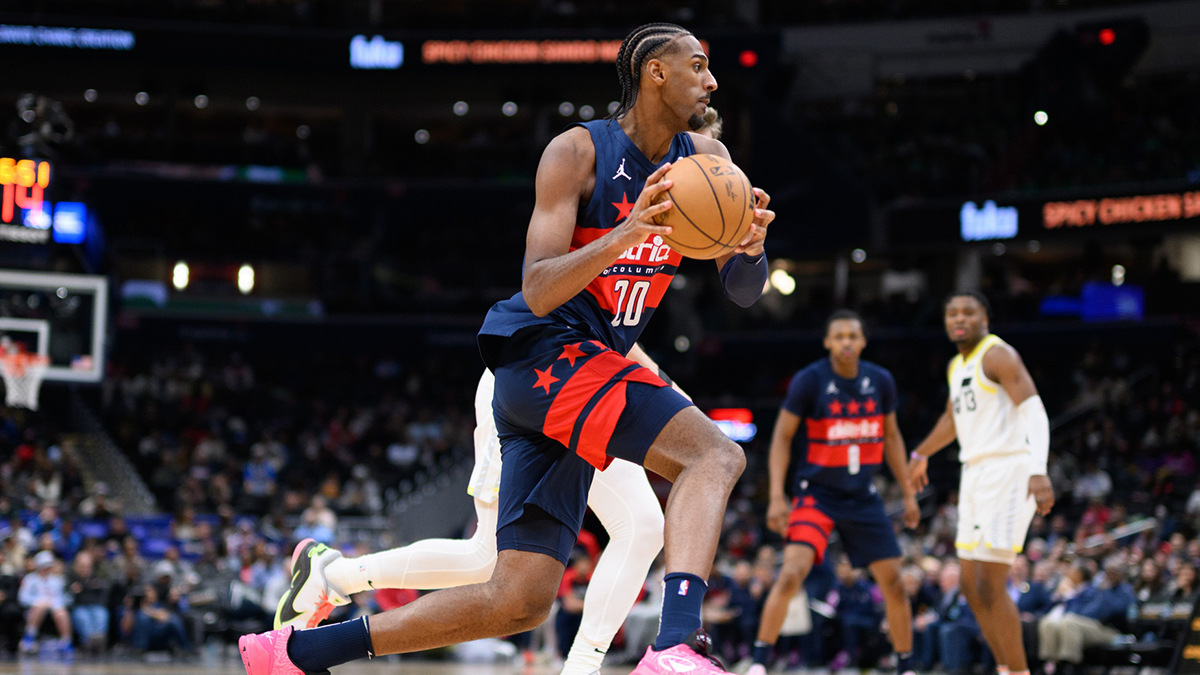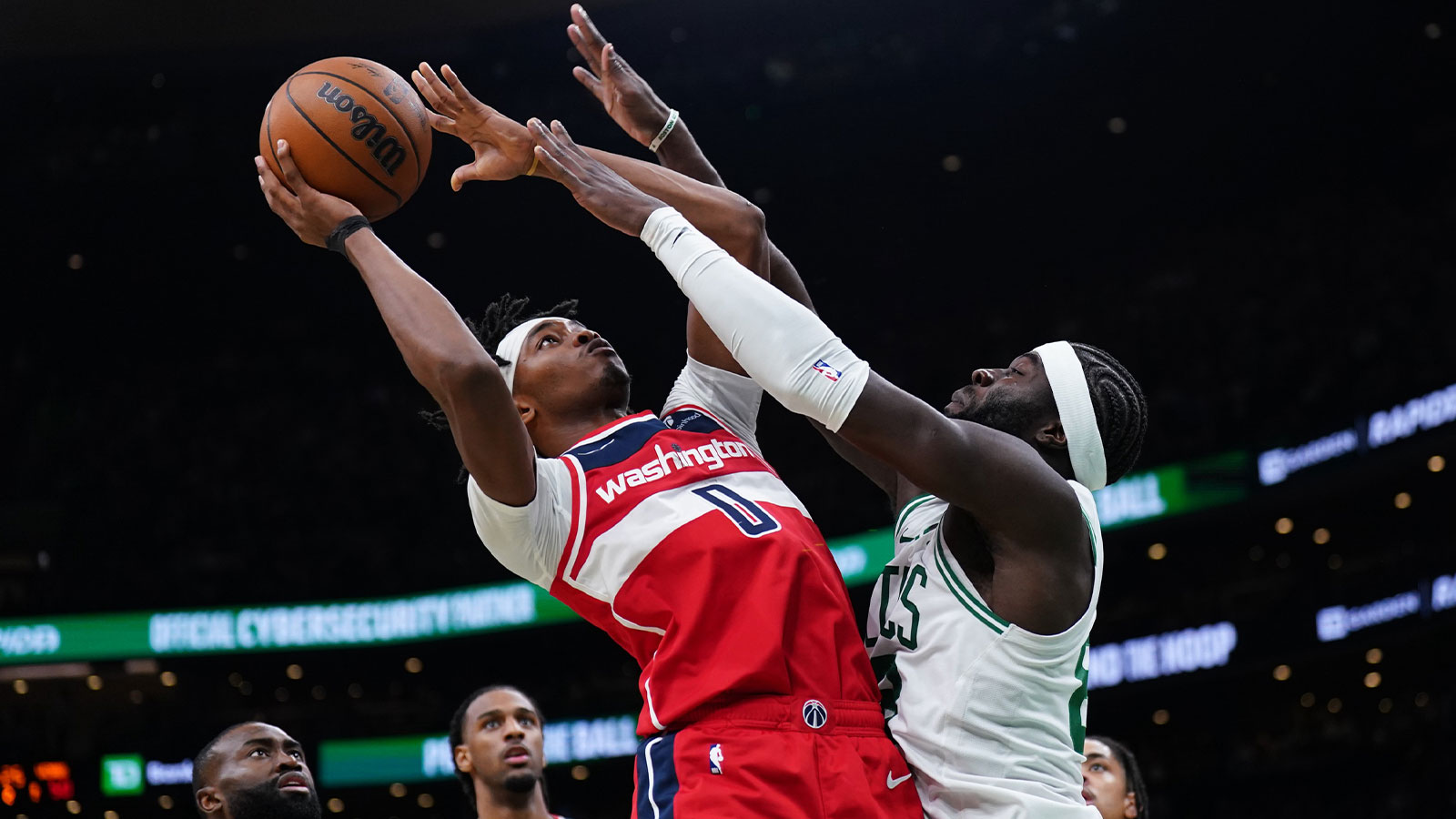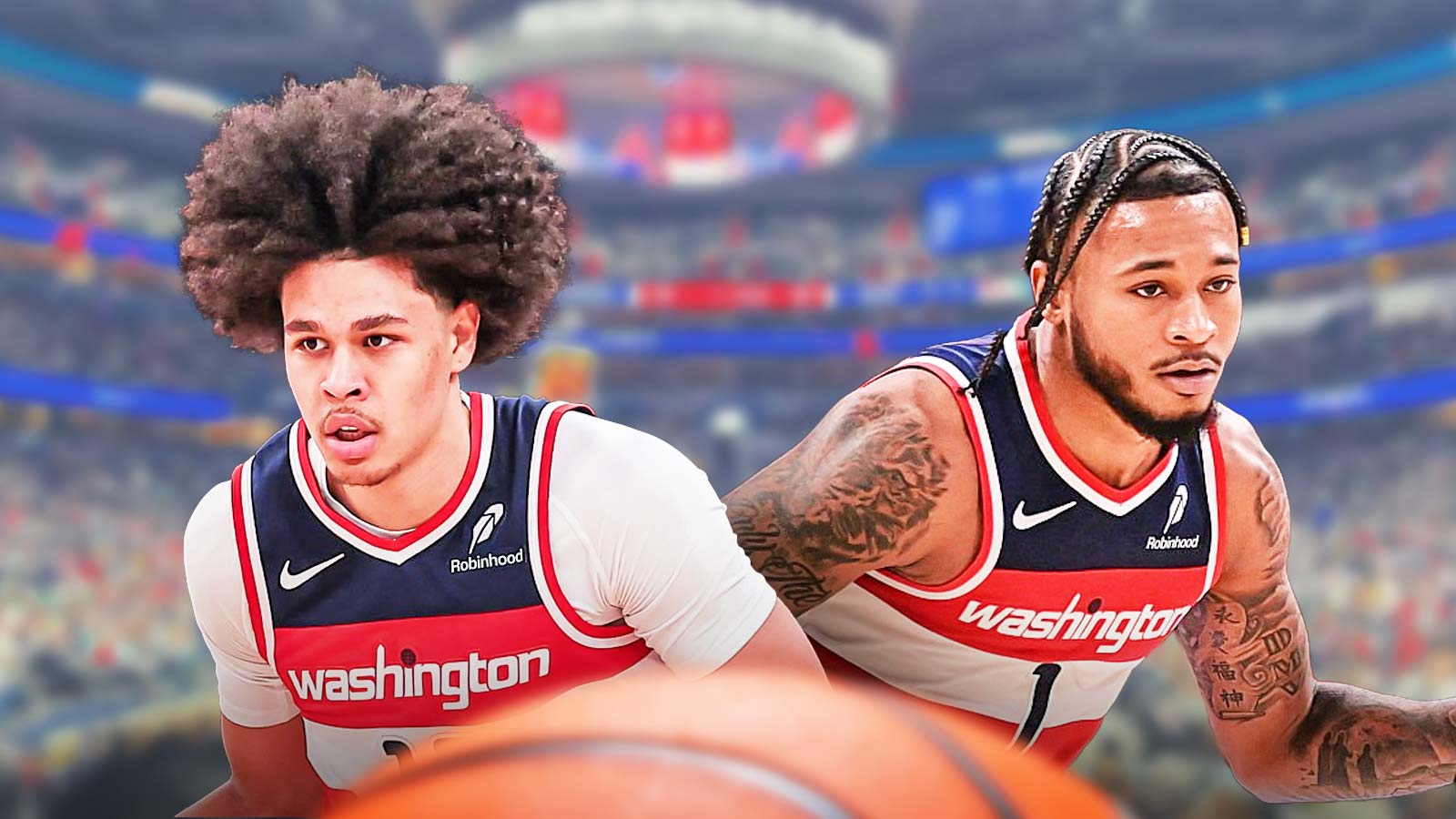The Washington Wizards were dealt an unlucky hand in May 12's draft lottery, but their front office continues to prove its worth. By Thursday night, they turned the Nos. 6 and 18 picks into Texas guard Tre Johnson, Illinois forward Will Riley, Florida State guard Jamir Watkins, and two future second-round picks.
The No. 6 selection was the lowest that the Wizards could've gotten in the lottery after finishing with the NBA's second-worst record this past season. Meanwhile, the Dallas Mavericks, San Antonio Spurs, and Philadelphia 76ers, respectively, got the top three picks despite already having stars on their rosters.
However, Washington made the most of its situation, and its future outlook is the brightest it's been in years. Here are grades for all three of its picks:
Round 1, Pick 6: G Tre Johnson, Texas
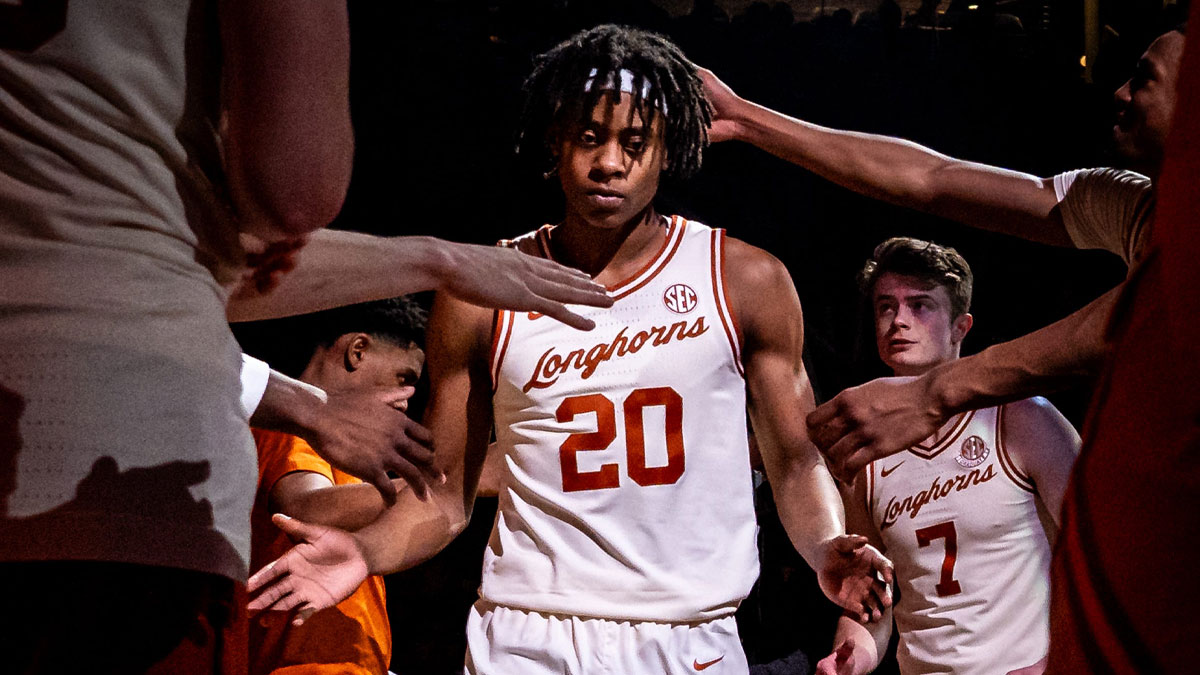
The Wizards are still far from contending, which means they need to draft the best players available without worrying about “positional fit.” That's what they did by adding Johnson to a guard/wing-heavy roster.
Rutgers wing Ace Bailey, who is the best difficult shot-maker in this class, surprisingly went to the Utah Jazz at No. 5. Utah was in a similar boat as Washington after the lottery, as it also received the lowest pick it could have gotten after finishing with the NBA's worst record, just one game behind Washington in the standings. The Wizards could have theoretically gotten the No. 5 pick if Bub Carrington didn't hit a game-winner on the Miami Heat in the last contest of the season, but Johnson might have a better career than Bailey at the next level.
Johnson's game is easily translatable, as it aligns with the modern NBA. The SEC Freshman of the Year is the best overall shooter in this class, as he excels at off-the-dribble, catch-and-shoot, and jumpers off of screens. He shot 41.6 percent on contested catch-and-shoot threes, 38.1 percent on off-the-dribble threes, 44.2 percent on transition threes, and 54.8 percent on threes off of screens with the Longhorns this past year.
Those are encouraging numbers for a Washington squad that had the worst offensive rating in a league that collectively finished with an NBA-record 37.6 three-pointers attempted per game in 2024-25, via Basketball Reference. Johnson's elite shooting talent gives him a reliable baseline to thrive in today's game while he improves in other areas.
The 19-year-old took just 20 percent of his shots at the rim with Texas, and he averaged just 2.7 assists against 1.8 turnovers. He also took some plays off, which Wizards general manager Will Dawkins brought up during his pre-draft visit with the team, via Monumental Sports Network's Chase Hughes. He said it motivated him “to be great,” which is the right attitude, but these are all weaknesses he must strengthen to be a premier point guard for Washington.
Even with those flaws, the Wizards made the right choice by selecting Johnson over Oklahoma guard Jeremiah Fears, who the New Orleans Pelicans selected No. 7. The 18-year-old has the best handles in the class and gets to the rim at ease, but shot just 28.4 percent from deep and stood at just 6-foot-2.5-inches against Johnson's 6-foot-4.75-inches at the Combine. He could become an electric slasher and facilitator in the NBA, as his 32 percent usage rate was among the highest in the country and took a weak roster to the NCAA Tournament. However, Johnson is a safer bet to succeed due to his shooting chops.
The latter player will now combine with Carrington, who set a Washington franchise rookie record with 138 threes made this past season, to form its backcourt of the future.
Final grade: A
Round 1, Pick 21: F Will Riley, Illinois
The Wizards traded back from No. 18 to No. 21 for No. 43 and two future second-rounders before selecting Riley at No. 21. The Big Ten Sixth Man of the Year is a jumbo-sized shot-creator, as he measured at 6-foot-8.25-inches barefoot at the Combine, shot 61.3 percent at the rim, 36.5 percent on contested catch-and-shoot threes, and 30.6 percent on off-dribble threes for the Fighting Illini this past season.
Riley's 1.9 assist-to-turnover ratio also bested Johnson's 1.5, although the latter had a 29.4 usage percentage against the former's 23. Still, it shows that Riley already has reliable playmaking skills for someone his size, which will help keep defenses guessing. However, his defense and rebounding need improving, as he averaged just 0.6 steals and blocks (stocks) along with 4.1 boards. Bulking up might help, as he weighed in at a slender 185.6 pounds at the Combine.
Riley could combine with Johnson to infuse life into Washington's offense moving forward, and the former will be a consistent rotational piece if he improves on his weaknesses.
Final grade: B
Round 2, Pick 43: G Jamir Watkins, Florida State
Finding a consistent contributor is a win at this point in the draft, and Watkins has the tools and talent to succeed. Combine those with the second-team All-ACC honoree's track record, and it's hard not to like this pick.
Watkins spent his first two seasons at VCU before soaring with the Seminoles in his final two campaigns. The latter program converted him into a full-time starter, and he averaged 15.6 points on 45.7 percent shooting as a junior after posting 9.5 points on 41.3 percent shooting as a sophomore. He followed that up with 18.4 points on a 42.7 percent clip this past season, but his defense is what's most exciting for the next level.
Watkins averaged 2.2 stocks over his two seasons at Florida State in addition to measuring at 6-foot-5-inches barefoot with 6-foot-11.25-inch wingspan and 8-foot-6.5-inch standing reach at the Combine, which all bodes well for his NBA potential at that end. The 23-year-old's Summer League performance in July will show where he is compared to his peers.
Final grade: A-

